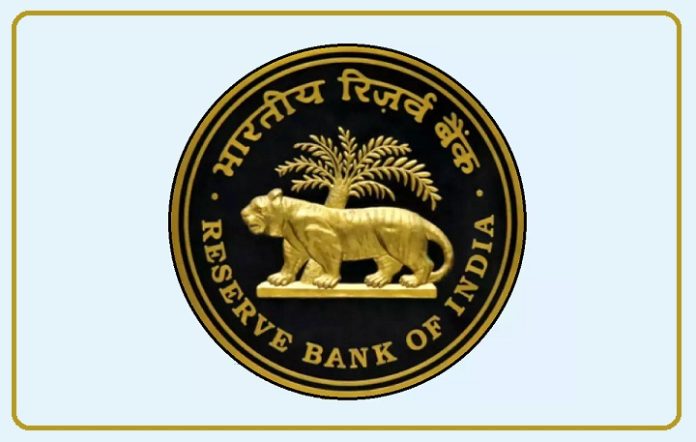RBI Report On Banks: The Reserve Bank of India, the central bank of India, released the ‘Trends and Progress of Banking in India’
report on Tuesday regarding the health of the country’s banks and has told many significant facts about it.
The most powerful thing in this is that the figures presented by the RBI regarding the health of the country’s banks are very encouraging, although the RBI has also advised the banks to be cautious.
Balance sheets of banks show so much improvement after seven years – RBI
RBI has clearly stated in its review report that the financial health of the country’s banks has started showing improvement,
and for this, the premise has to be kept in mind that in the financial year 2021-22, the growth of the balance sheet of the banks will come in double digits.
And this has happened after seven years. Indeed, it shows better asset quality and capital position of banks, and there has been a reduction in gross NPA, which is encouraging.
The decline in NPAs of banks is a good sign – RBI.
The Reserve Bank has informed in the report that the gross non-performing assets (GNPA) of Indian banks, i.e.,
the size of stranded loans, has come down to five percent in September.
But the current macroeconomic conditions may affect the health of the lenders.
The Reserve Bank of India (RBI) has also informed in its report that in September 2022 of the financial year 2021-22, the GNPA of the banks has come down to five percent of the total assets.
The report says that at the end of the financial year 2021-22, the GNPA of the banks stood at 5.8 percent.
It reached the highest level after the asset quality review of banks in the financial year 2017-18.
How was the improvement in the balance sheets of the banks visible?
During this period, writing off the loans of public sector banks was a primary reason for the decline in GNPA, whereas, in the case of private banks, the situation improved due to the upgrading of loans.
The steady decline in the GNPA of banks over the past few years has been credited to the reduction in loan defaults and steps like recovery of outstanding loans and their write-off.
GNPA of foreign banks increased
According to this report, it has been said that even though the Indian banking sector remains strong due to improved asset quality and
solid capital base, policymakers must be aware of the rapidly changing macroeconomic conditions.
If this does not happen, the effect on the health of the regulated units can be seen.
The RBI report says that, unlike Indian banks, the GNPA of foreign banks has increased from 0.2 percent to 0.5 percent in FY 2021-22.
Branches of commercial banks increased during the financial year 2021-22
It was also said in the RBI report that during the financial year 2021-22, there has been an increase of 4.6 percent in the opening of branches of commercial banks.
This has been seen after two consecutive years of decline.
Banks were advised not to be negligent
Although the restructuring asset ratio increased by 1.1 percentage points for all borrowers and 0.5 percent for large borrowers,
the loan restructuring scheme paved the way for helping individuals and small businesses.
The increase in loans given to retail companies has reduced the dependence on big lenders.
However, the RBI report advises being cautious given the current economic situation.
